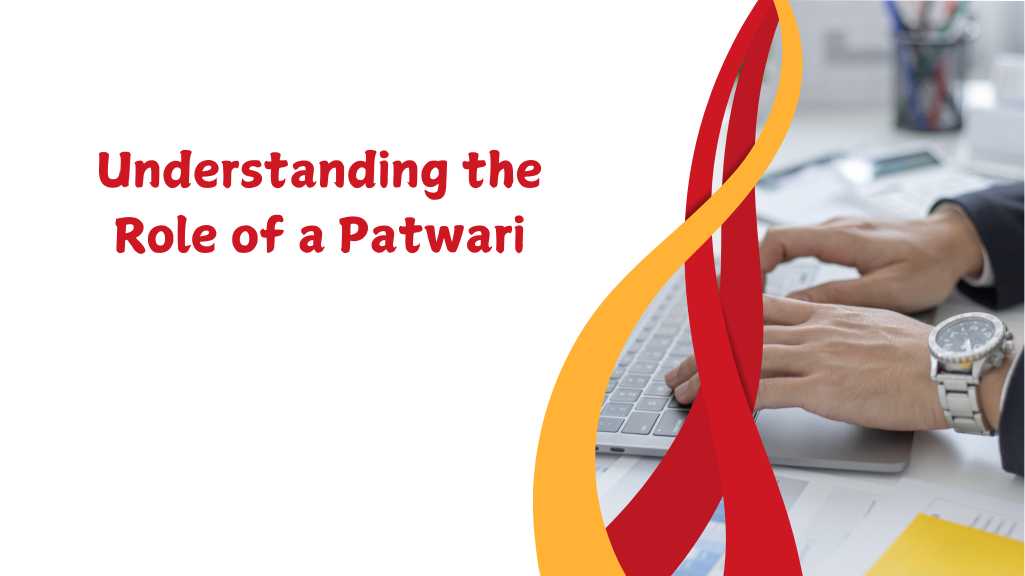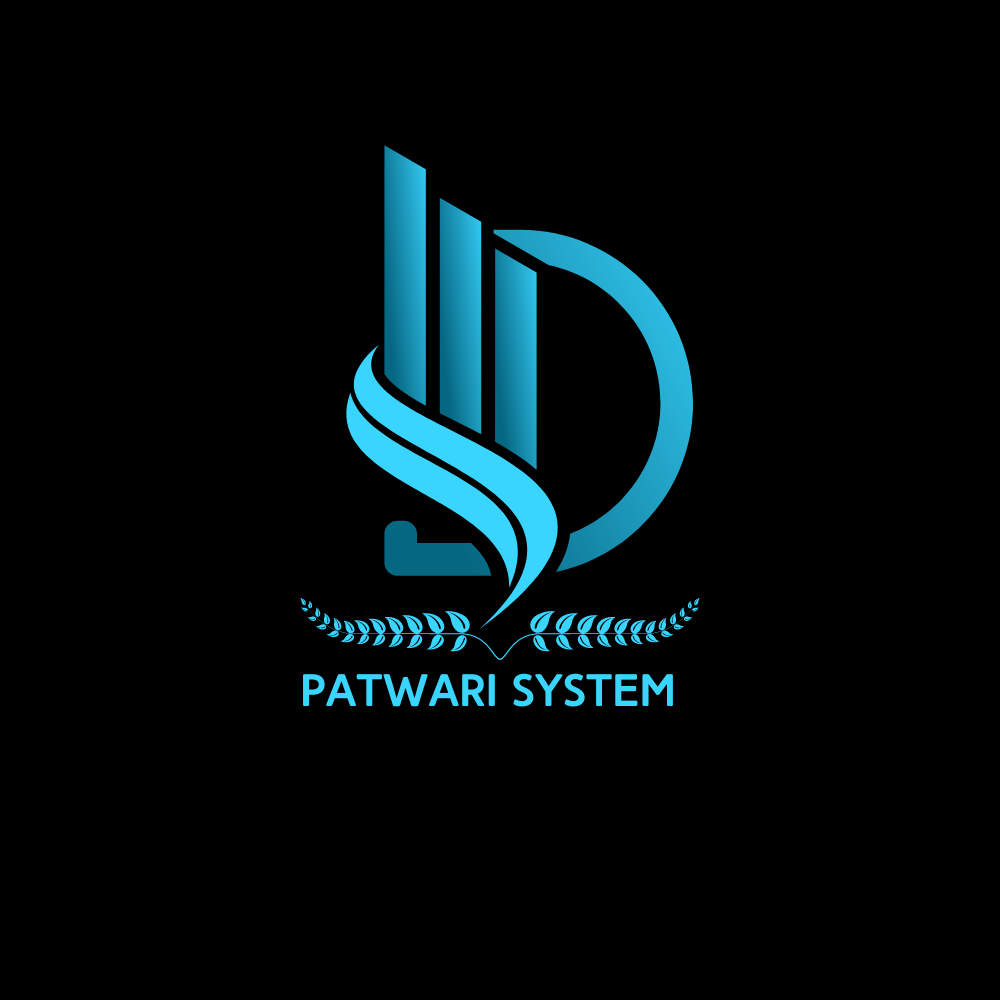In the case of Pakistan’s land administration, the positions of both Patwari and Tehsildar are important because they are traditional, though over time they have adapted to serve contemporary governance. Both of these posts are important in the maintenance of land records, revenue mobilization, and law and order management in rural areas. This article will discuss the duties and functions of Patwaris and Tehsildars including their evolution to the present day and recent changes made especially regarding digitalization of their work processes seeking to improve efficiency and transparency.
Table of Contents
Historical Background: How did Patwari and Tehsildar’s Roles Evolved?
During British India, Patwari-Tehsildar functions were established in a systematic method of tax administration. The British administration divided the rural areas into units, deploying these officials to keep complete land records monitor agriculture output and revenue collection. This system enabled land control by the British and was utilized in the rural areas, which were predominantly agrarian.
In this system:
- Patwaris were accountable for surveying land, retaining information, and sending it to the government regarding crop produce.
- Tehsildars served as imperial officers in-charge of several Patwaris per Tehsil, which took on larger administrative and judicial responsibilities.
Time and again, with various reforms introduced over the years, these roles stand relevant as a vital aspect of Pakistan land revenue and administration system
Role of a Patwari
1. Primary Responsibilities
- Land Record Maintenance: They are responsible for maintaining village land records in Jamabandi, which contain information about the type of crops grown and ownership or tenancy arrangements.
- Surveying And Mapping: The patwaris have to maintain details of all landmarks in their assigned areas.
- Agricultural Data Collection: Patwaris also collects and reports crop yields, which helps the government to make fair revenue assessments and agricultural plans.
- Revenue Collection: They collect land taxes (levies) from the landlords and deposit them in higher revenue offices.
- Dispute Resolution: Patwaris also work as mediating in lower-level land-related disputes in village settings, thus helping to prevent the situation from escalating to the formal courts.

2. Significance of Patwaris in Modern Governance
- Patwaris perform a critical function in rural administration as they lay the groundwork for land management as well as tax collection. Their documents are also important for farmers when applying for or receiving government grants, loans, or indemnities for agricultural loss.
- One such Member states repack most centers around conflict management including the zoning of property areas and of construction and maintenance of the property records in such jurisdictions.
3. Current Challenges for Patwaris
- Limited Transparency: The legacy all-paper-based system lacks a degree of efficiency and is prone to various vices of corruption.
- Workload and Resources: Given the limited availability of resources and the vast scope of responsibilities, Patwaris usually have difficulty in ensuring proper and effective management of land records.
Lack of Digital Tools: Despite the changes, some Patwaris are still using rudimentary recording devices making the recording and maintenance of such records tedious and susceptible to mistakes.
Understanding the Role of a Tehsildar
1. Primary Responsibilities
- Supervision of Patwaris: Patwaris are placed under the control of a tehsildar at the level of a Tehsil or sub-division. They are charged with the preservation of their records.
- Revenue Collection and Tax Assessment: Tax assessment is under the authority of Tehsildars with regard to their area. Hence, no landowner pays more or less tax than he is supposed to based on the area or productivity of his land.
- Judicial Powers: Tehsildars have some judicial powers like the power to settle disputes regarding land, tenancy disputes, and even revenue disputes. They also play a relativistic role as arbiters in more complicated issues than are usually within a Patwari’s reach.
- Administrative Authority: Tehsildars implement government policies, execute orders, and manage various administrative tasks within their Tehsil, making them key figures in local governance.

2. Importance Of Tehsildars In contemporary governance
- A Tehsildar is more senior than a Patwari and controls their respective Tehsils for administrative purposes. Keeping the fair and legal tax revenue collection process in check, they secure government financial stability.
- They are equally indispensable in solving disputes over land and maintaining law and order, with direct consequences on the general stability of rural society.
3. Problems That Tehsildar Faces
- Multiple Responsibilities: Tehsildars are often overloaded with several responsibilities that compromise their ability to provide a balanced administration.
- Corruption and Accountability: There are rampant allegations of Tehsildars being corrupt, similar to their counterparts at the lower level, the Patwaris. That lack of transparency can be fatal to what they do.
- Limited Digital Resources: While Tehsildars have more resources than patwaris, many still work primarily on a manual system, which makes processes time-consuming and mistaken.
Patwari vs Tehsildar: Main Differences in Their Work
| Aspect | Patwari | Tehsildar |
| Jurisdiction | Village-level | Tehsil (subdivision) level |
| Primary Role | Maintains land records, collects taxes | In charge of Patwaris, holds administrative authority |
| Judicial Powers | Limited to mediation in land disputes | Medium-level judicial powers, handles significant disputes and cases |
| Revenue Collection | Collects taxes directly from property owners | Supervises revenue collection across the Tehsil |
| Digitalization Status | Limited access to digital resources | More advanced, with partial access to digital records |
New Reforms and the Age of Digitalization
Recent Reforms: The way land is administrated has undergone a reform in recent years, driven by the need for transparency and efficiency:
1. Digital Land Information Endeavour
- Digitalization initiatives have been taken by the government to make land records available electronically and ease life from manual systems. Through these systems, the goal is to minimize corruption and increase accuracy in order for records to be kept up-to-date.
- The article also notes that citizens can verify ownership of property without stepping into government offices because digital records are secure.
2. Automated Land Management Systems
- To reduce the process of land revenue, a computerized land management system was introduced in a few states. Tehsildars And Patwaris Being Trained on Digital Systems to Increase Accuracy of Records, Reduces Chances of Forgery
3. Online, Verification Enablement
- There is more transparency now and common citizens can confirm whose land it is, what the tax status etc. just through some online portals. This initiative is particularly beneficial in districts where access to government offices may be limited, especially for those living in rural areas.
4. Difficulties Related in The Application of Digitalization
- Infrastructure: Online land management is expected to make gains but with many rural places lacking digital infrastructure this creates a significant barrier to full deployment.
- Training and Adoption: Both Patwari & Tehsildar Through the new system prepared, comprehensive training will be given to ensure that these systems run smoothly.
- Change Resistant: Many domestic partners that have operated with manual systems for the highest tier-sourcing models may not be quick to shift to digital capabilities and could hinder a reform program’s progress.
Roles of Patwari and Tehsildar in Modern Governance
Despite the challenges, however, Patwaris and Tehsildars remain a necessary cog in Pakistan’s land revenue system. Their roles support:
- Stable Economy: Help in ensuring the total revenue for local development by maintaining land records, and collecting Revenue.
- Social stability: Their participation in conflict resolution reduces tension levels between communities and contributes to social harmony.
- Transparency and Fairness: These expectations drive the evolution of these roles, with digitalization enabling decisions that are data-driven to provide transparency and fairness in land information for citizens.
Conclusion
Since time immemorial, the duties performed by Patwari and Tehsildar have largely changed. These positions are key in the context of land administration transparency, save as a tool to detect and solve conflicts at territorial level and as a mechanism for collecting taxes. Even as digital solutions are slowly replacing the traditional manual systems, Patwaris and Tehsildars continue to play a crucial role in rural governance with their established expertise. By provision of recent digital reforms, these roles can further streamline to offer an effective and transparent system that can serve the citizens in Pakistan with more efficiently.
With this digital transformation, the Patwaris and Tehsildars will be better able to perform their duties, which in turn leads to future of Transferrer these land records digitally without human Interface.
FAQ, S
1. What distinguishes the duties of a Patwari from a Tehsildar in Pakistan?
The primary responsibility that differentiates a Patwari and a Tehsildar is the area under their supervision and the level of engagement. A Patwari is in charge of a village level and deals with land records and revenue collections whereas a Taluka or Tehsil Tehsildar heads over a number of village units known as Patwar circles, manages land revenue collection, assists and manages field researchers and performs higher level’s administration and judiciary works.
2. How do Patwari and Tehsildar roles evolve in Pakistan due to digitalization?
The role of Patwaris as well as Tehsildars underwent changes in their functions with the establishment of computerized land records. It enables quick and efficient document maintenance and lessens the chances of corruption by making land records easily available to the people. It is such a change necessary to enhance and streamline land record management.
3. What does patwari do in Pakistan for land administration?
A patwari’s job includes recording land title changes in their books collecting land revenue, preparing and holding demarcation closer to the town hall, and repossessing minor land conflicts around the districts without a need for formal court’s intercession. They are important actors through which local issues are resolved and therefore there is a degree of accountability in property ownership and attribute agricultural statistics to the bureaucracy based on the region.
4. Why do Tehsildars professionalize in Pakistan’s revenue and land management system?
The Tehsildar is responsible for performing the chief executive officer’s duties of the Tehsil in land revenue, supervising the administrative officer Patwari and adjudicating on seamlessly land disputes. They are very active in the implementation of government strategies at the Tehsil and strategy and practices surrounding tax collection and management of land fairness and legality.
How can ordinary people in Pakistan use digital land records and what role do Patwari and Tehsildar have in this activity?
Land Record Management Information System software is available in a number of provinces where citizens seek government portals for digital land records. Patwaris and Tehsildars assist in the updating and completion of these records digitally in order to ensure they are correct. Access to such records online only increases the level of accountability and decreases the trips that citizens have to make to governmental establishments for property searches.


1 thought on “Patwari VS Tehsildar Responsibilities: Understanding Their Roles and Importance in Pakistan”